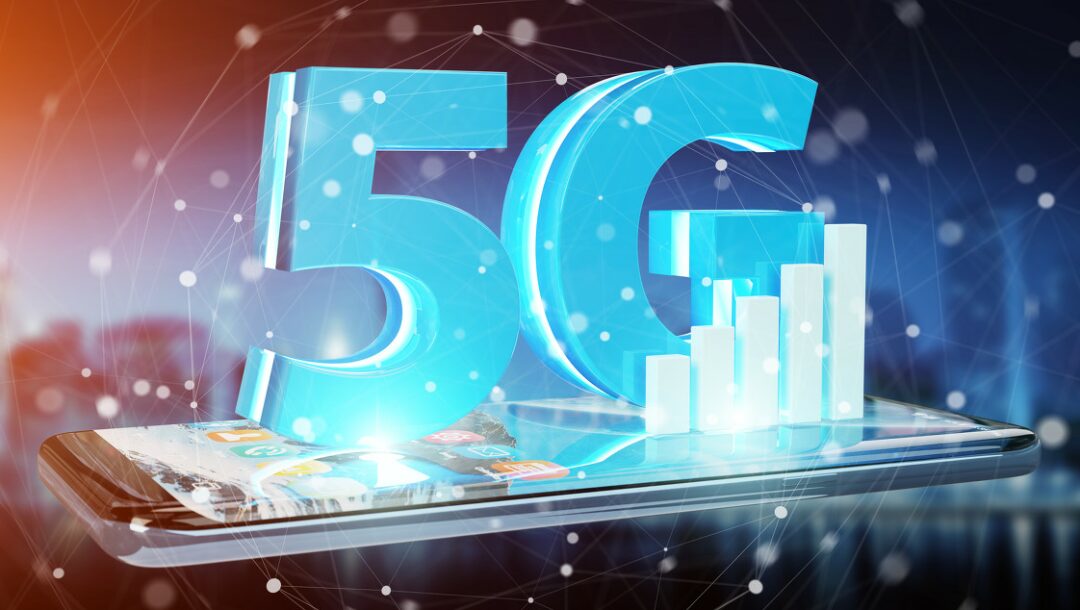
Artificial Intelligence plays a crucial role in realizing the functionalities of the Internet of Things. Let us explore the key technologies and techniques that drive the integration of AI and IoT, empowering intelligent and autonomous systems.
Machine Learning Algorithms for Analyzing IoT Data using AI
Machine learning forms the foundation of IoT AI, enabling devices to learn patterns, make predictions, and adapt to changing environments.
Here are some important machine learning techniques used in IoT:
Supervised Learning
Supervised learning involves training machine learning models using labeled datasets. In IoT applications, this technique can be used for tasks such as anomaly detection, predictive maintenance, or classification based on sensor data. Supervised learning algorithms, such as decision trees, support vector machines, or neural networks, enable IoT devices to learn from historical data and make accurate predictions.
Unsupervised Learning
Unsupervised learning involves training machine learning models using unlabeled datasets. In IoT, unsupervised learning algorithms are valuable for clustering similar devices, identifying data patterns, or detecting anomalies without prior knowledge of expected outcomes. Techniques such as k-means clustering or hierarchical clustering are often used to reveal hidden structures and relationships in IoT data.
Reinforcement Learning
Reinforcement learning allows IoT devices to learn through interaction with the environment. In this approach, devices receive feedback in the form of rewards or penalties based on their actions. Over time, through trial and error, devices learn to make decisions that maximize returns. Reinforcement learning is particularly useful in autonomous IoT systems, such as robotics or smart grid optimization.
Deep Learning and Neural Networks in AI-driven IoT Applications
Deep learning is a subset of machine learning that focuses on training multi-layer neural networks to learn complex patterns and representations. The combination of deep learning with IoT unlocks a variety of possibilities. Here are the key aspects:
Convolutional Neural Networks (CNN)
CNNs excel at processing and analyzing image and video data. In IoT applications, CNNs can be used for tasks such as object recognition, facial recognition, or video surveillance. These networks learn hierarchical representations of visual data, enabling IoT devices to extract valuable information from images or videos captured by sensors or cameras.
Recurrent Neural Networks (RNN)
RNNs are suitable for processing sequential data, such as time-series sensor data. In IoT, RNNs can be used for predicting future sensor readings, detecting anomalies in time-series data, or natural language processing for IoT devices. By capturing dependencies and temporal relationships in the data, RNNs enable IoT devices to understand sequential information and make predictions.
Generative Adversarial Networks (GAN)
GANs consist of two neural networks: a generator network and a discriminator network. GANs can be used in IoT to generate synthetic data or augment existing datasets. For example, GANs can create realistic sensor data to expand training datasets or simulate various scenarios for testing IoT systems.
Natural Language Processing (NLP) Providing AI Support for IoT Devices
Natural Language Processing (NLP) enables IoT devices to understand and process human language, facilitating seamless interaction and communication. Here are key NLP techniques used in AI-driven IoT applications:
Speech Recognition
NLP-based speech recognition allows IoT devices to convert spoken language into text. This technology enables users to interact with IoT devices using voice commands, promoting hands-free and intuitive control of connected systems.
Natural Language Understanding
NLP techniques enable IoT devices to comprehend and interpret the meaning behind human language. By extracting relevant information, entities, and intents from textual data, IoT devices can better understand user queries, commands, or requests. Natural Language Understanding (NLU) techniques, such as named entity recognition, sentiment analysis, or language parsing, allow IoT devices to extract valuable insights from textual data.
Language Generation
Language generation technologies allow IoT devices to produce human-like responses or outputs. This capability enables devices to provide context-rich responses to user queries or engage in natural conversations. By leveraging text generation models or language models, IoT devices can enhance user experience and create more engaging interactions.
Edge Computing and AI at the Edge of IoT
Edge computing brings AI capabilities closer to the data source, reducing latency, improving responsiveness, and enhancing privacy. Here are key aspects of edge AI:
Local Data Processing
By performing AI computations locally on IoT devices or edge computing nodes, real-time data processing and analysis can occur without heavy reliance on cloud infrastructure. This reduces the need for continuous data transmission, lowers latency, and allows for faster decision-making in time-sensitive applications.
Privacy and Security
Edge computing allows sensitive data to remain local, minimizing risks associated with transmitting data to the cloud. AI algorithms deployed at the edge can process and analyze data on-site, reducing privacy concerns and enhancing data security. This is particularly important in scenarios where data confidentiality is critical.
Bandwidth Optimization
Edge AI helps alleviate bandwidth constraints by reducing the amount of data that needs to be transmitted to the cloud. By performing local data processing and only transmitting relevant insights or summaries, edge computing can optimize network bandwidth usage and lower associated costs.
The integration of these technologies and techniques drives the convergence of AI and IoT, enabling intelligent decision-making, real-time insights, and seamless human-machine interaction.
Source: AI and IoT